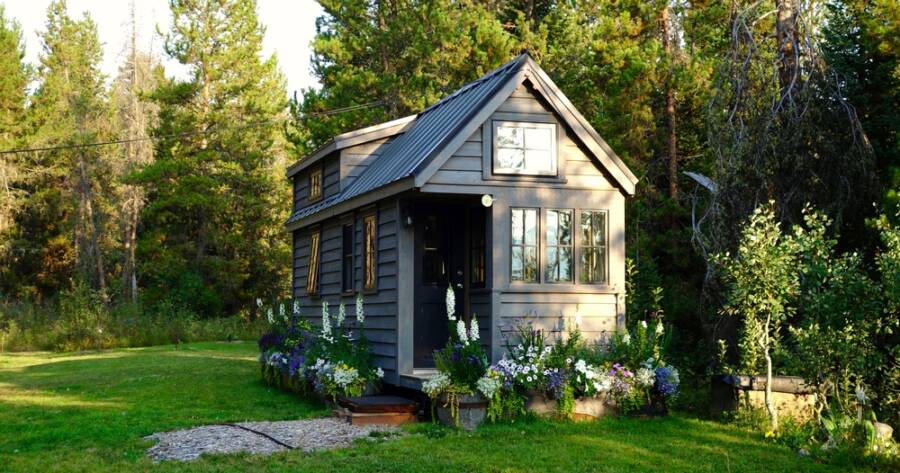Tiny homes have captured the imagination of homeowners worldwide. These compact living spaces are affordable, sustainable, and offer freedom from traditional housing constraints. As more people look for creative ways to live simply, tiny homes have grown into a popular real estate trend. But what exactly makes them so appealing, and how much do they really cost? Let’s explore why tiny homes are transforming housing and discover the surprising details behind their affordability.
What Are Tiny Homes and Why Are They Popular?
Tiny homes are typically under 400 square feet and designed to maximize space while offering all the essentials of a full-sized home. Their charm lies in their versatility—they can be mobile, prefabricated, or custom-built on-site. With rising housing prices, tiny homes offer a practical and budget-friendly solution.
Many people are drawn to tiny homes for their eco-friendly features. Builders like Clever Tiny Homes focus on sustainable materials and energy-efficient designs, making them perfect for those looking to reduce their environmental impact. Tiny homes also appeal to minimalists who want to simplify their lives and prioritize experiences over material possessions.
How Much Does a Tiny Home Cost?
Tiny homes can fit a range of budgets, depending on size, materials, and customizations. Prefabricated models, like those offered on Amazon, start at around $10,000. These affordable kits include essential components but often require assembly. On the higher end, luxury tiny homes from companies like Blend Projects may cost a lot more, providing stylish finishes and high-end materials.
For a middle-ground option, companies like Studio Shed offer customizable tiny home designs. Their base prices are competitive, but additional features, like solar panels or expanded square footage, can increase the cost. While upfront costs vary, tiny homes remain significantly cheaper than traditional houses. On average, tiny homes tend to cost between $60,000 and $100,000 — or as little as $30,000, if you prefer to build one yourself!
Are Tiny Homes Worth the Investment?
Investing in a tiny home offers both financial and lifestyle benefits. Since they cost less to build, heat, and maintain, tiny homes help homeowners save money in the long run. Their small size also means lower property taxes and insurance rates.
However, it’s essential to consider zoning laws and placement options. Builders like Clever Tiny Homes and Blend Projects specialize in helping buyers navigate legal requirements. Whether you plan to place your home on private land, in a tiny home community, or on wheels, understanding local regulations is crucial to ensuring your tiny home investment pays off.
The Future of Tiny Homes
Tiny homes have moved beyond a niche trend to become a viable solution for housing challenges. Cities with high housing costs, like Portland, Oregon, are embracing tiny homes as a way to provide affordable housing. Companies like Clever Tiny Homes offer models specifically designed for Oregon residents, blending style and sustainability.
On the other hand, customizable tiny homes from Studio Shed highlight how the industry is evolving to meet diverse needs. Their designs include options for home offices, guest houses, or even rental properties. With prefabricated kits from Amazon, tiny homes are becoming accessible to a global audience, making it easier for anyone to join the movement.
Is a Tiny Home Right For You?
Tiny homes combine affordability, sustainability, and versatility in a way that challenges traditional housing norms. From prefabricated models on Amazon to luxurious options from Blend Projects, there’s a tiny home for every lifestyle and budget.
Whether you’re downsizing, looking for a guest house, or embracing minimalism, the tiny home trend offers endless possibilities. As this movement grows, it’s clear that tiny homes are more than a passing fad—they’re reshaping the future of housing in a big way.
